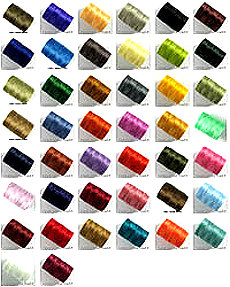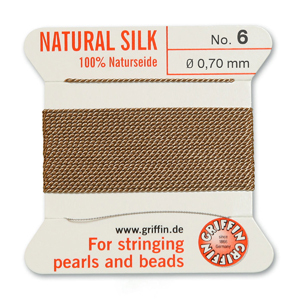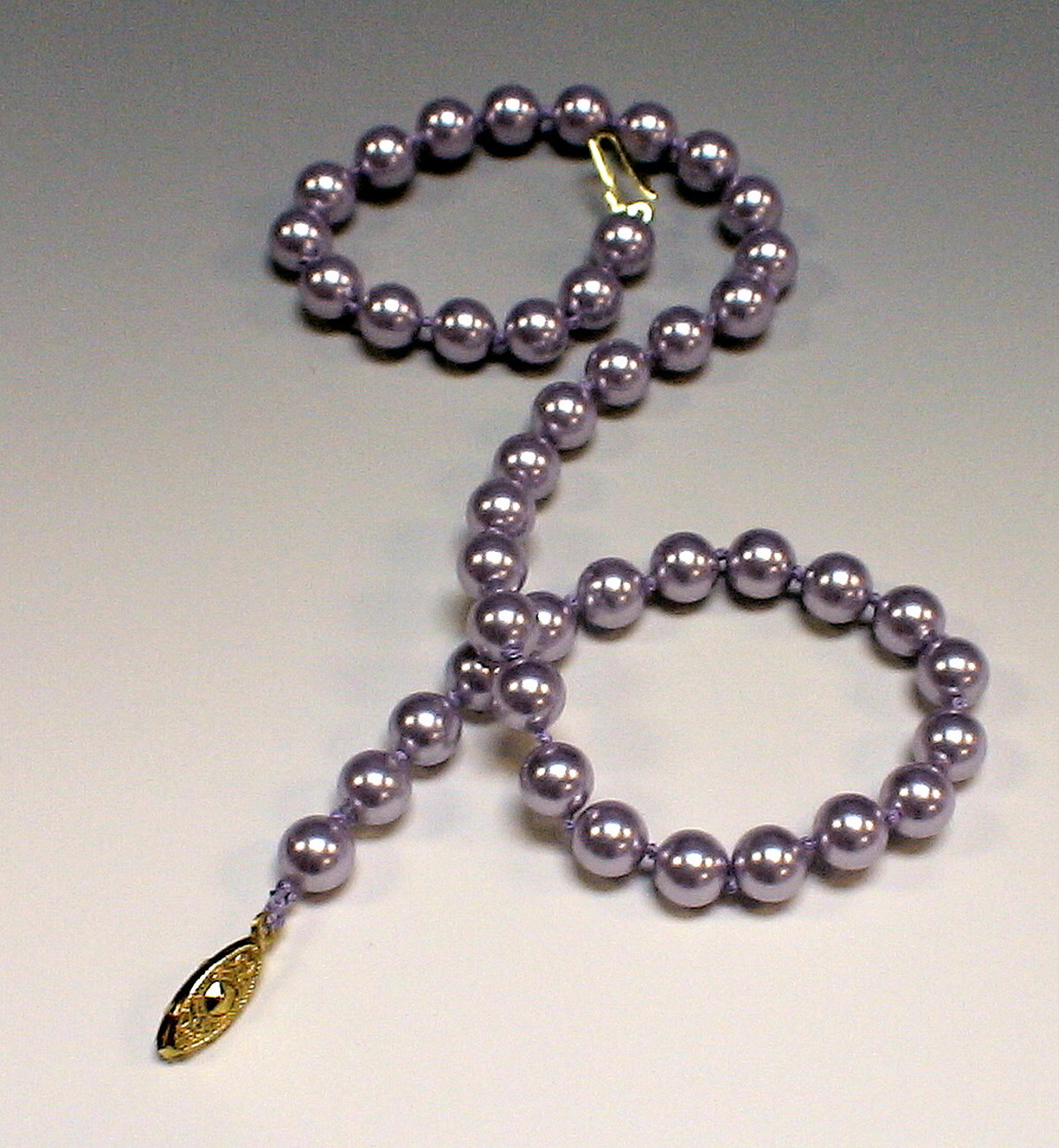Categories
Categories
- Home
- STRINGING MATERIALS
- BEAD CORD
BEAD CORD
STRINGING MATERIALS at Land of Odds with Warren Feld Jewelry
Join our community of jewelry designers on our Patreon hub
Free Mini-Lesson (downloadable instructions) for new members!
STRINGING MATERIALS Nylon GRIFFIN SIZES
C-Lon Nylon Bead Cord Sizes
Nylon is the modern way of bead stringing. Nylon does not fray as much, or stretch as much, as the silk. High performance nylon does not stretch. 100% real silk is the traditional way of bead stringing. I suggest using silk cords when your project is all real pearls or mostly pearls. Other stringing materials hurt the pearls. Silk tends to fray and stretch. Silk breaks down in 3-5 years, so anything strung with silk will have to be restrung. NOTE: Different manufacturers use different 'sizing' systems to label the sizes of their cords. Remember that the size of the bead's hole must be larger than the diameter of the cord.
Also see the section on TOOLS AND SUPPLIES. PROJECT INSTRUCTIONS
BEAD CORDS vs. THREADS People often confuse BEAD CORDS and THREADS. Beading Threads are very thin ribbons, and are meant to be fully covered with beads, thus hidden within your pieces. They are typically waxed with beeswax to keep them from fraying. Threads, once waxed, are actually stronger and more durable than bead cords, but they are unsightly. Threads are used in both bead weaving and bead stringing projects. Beading Cords are threads that are braided together, to make them visually attractive. But you don't wax bead cords -- this would make them ugly. So bead cords will have problems of fraying and stetching that waxed threads will not. Bead Cords are used for projects where you want the cord to show, like putting knots between beads, or tin cup necklaces where you have a cluster of beads, then a length of cord showing, and then another cluster of beads, then the cord, and so forth.
|
||||||||||||||||||||||||||||||||
|
|
||||||||||||||||||||||||||||||||
|
|
||||||||||||||||||||||||||||||||
|
|
 Loading... Please wait...
Loading... Please wait... 
















